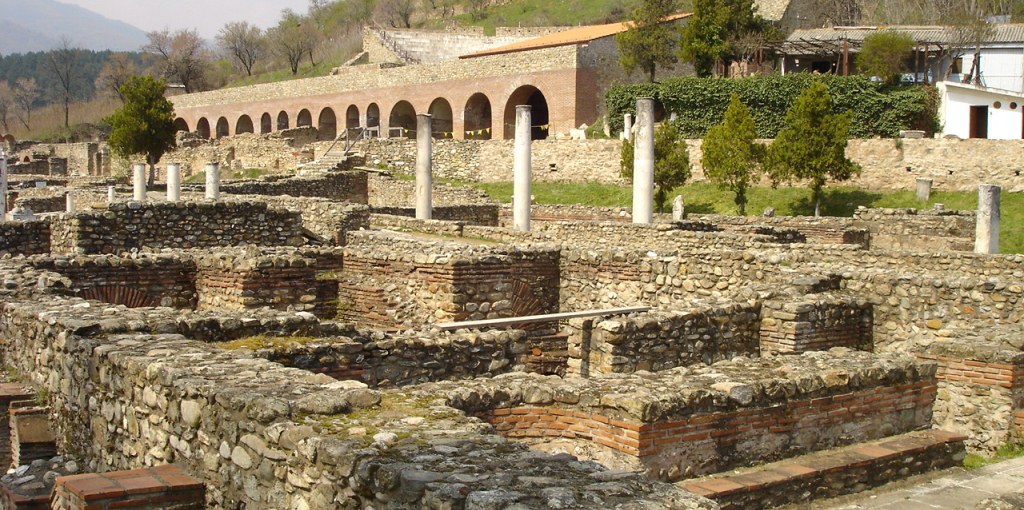 Heraclea i Histria
Heraclea i Histria
Driving south from Tulcea, the traveler passes the picturesque range of the low Babadag hills. On one of the easternmost hills, clearly dominant over the area, the ruins of the fortress of Heraclea rise. It used to be a fortified outpost of the Greeks, and then the Romans. In the late Middle Ages it was fortified by merchants from Genoa. They had vigorous business on the Black Sea coast and kept trading posts on the Danube, therefore they had to guard the mouth of this great river. Threatened in the 15th century. by the Turks, they turned to Poland, which was strong at the time, asking for help, by offering the Jagiellons all their cities and fortresses on the Black Sea and the Danube. Unfortunately, Jan Olbracht's expedition did not reach the Danube – got stuck in Moldavia and ended with the defeat and death of the Polish king. The Turks then captured and destroyed many strongholds, including Heraclea, which never regained its former meaning.
An equally sad fate, though for a different reason, he met the once flourishing Greek colony of Histria. In the 7th century. p.n.e. Greek sailors and settlers came here, who founded in desolate, but a fortified city by nature. Next to Tomis (modern day of Constana) it was one of the largest and richest Greek colonies on the Black Sea. The Romans, after taking control of these areas, fortified the city even more, to build new defensive walls using stones from older Greek objects.
Currently, the ruins and excavations cover many hectares of land, and new objects are still being discovered. The huge walls and fragments of entrance gates are well preserved, foundations of houses, and partly walls with stone portals. At the very seaside, there are still marble columns that once adorned churches and patrician palaces. Numerous inscriptions and everyday objects were discovered, as well as amphoras with their contents and huge pitos (huge clay vessels), full of petrified grain.
Why did the inhabitants leave this thriving trading city?? Show it?myself, that no major catastrophe had contributed to the collapse of the colony, but a slow silting up of the bay. Originally, the Sinoe liman was a convenient shipping route, the port in Histria is an excellent transshipment point. However, the deposits accumulating here, carried by the Danube flowing not far to the north, made sailing completely impossible. Cologne is no longer a port, it was depopulated and fell into disrepair. The ruins were covered with flying sand, the dunes were overgrown with grass and – this is the end of the history of Histria.
The remains discovered by archaeologists can be visited, deviating from the Tulcea-Constana route east to Istria.